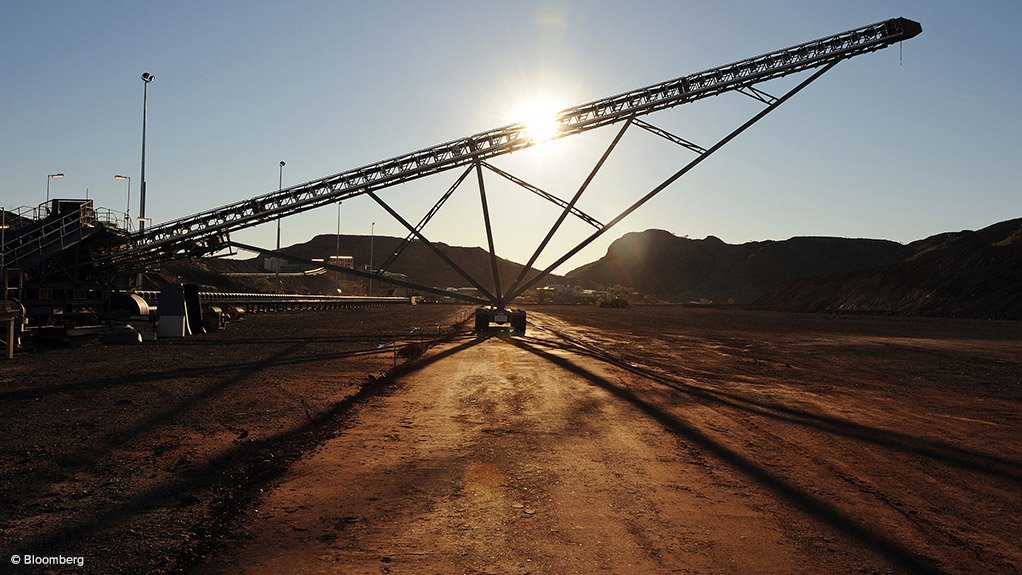
Photo by: Bloomberg
PERTH (miningweekly.com) – Iron-ore miner Atlas Iron has swung back to a profit for the six months to December 31, on the back of increased underlying earnings before interest, taxes, depreciation and amortisation (Ebitda) and higher exports.
Net profit for the interim period reached A$18.9-million, compared with a loss of A$114.3-million in the first half of the prior financial year. Underlying Ebitda for the same period was up from A$20.5-million to A$66.2-million.
Atlas on Thursday said the results reflected the benefits of increased production, with 8.1-million tonnes produced in the first half of 2017, compared with the 6.9-million tonnes produced in the previous corresponding period, as well as significant ongoing savings and higher realised prices.
“This strong result marks a key turning point for Atlas on several levels. Importantly, we increased production and reduced costs, enabling us to take advantage of the improvement in iron-ore prices.
“The performance also meant we were able to make debt repayments of A$71-million, including A$54-million on January 5, reducing the balance of our Term B debt to A$118-million,” said Atlas MD Cliff Lawrenson.
“The strong first half positions us well as we transition from the Wodgina and Abydos mines and commence the development of the recently approved Corunna Downs mine over the remainder of the 2017 calendar year.”
Atlas earlier this month approved the development of the Corunna Downs project, with capital costs expected to reach between A$47-million and A$53-million to deliver the four-million-tonne-a-year lumps and fines project. Corunna Downs is expected to have a mine life of five to six years.
Lawrenson on Thursday said the second half of the financial year has started with challenging weather conditions, including rainfall levels around the mines well above those reported in recent years.
“However, we retain our full 2017 production guidance range of between 14-million and 15-million tonnes. Increasing price discounts on lower-grade ores are impacting realised prices, particularly on those cargos which are hedged and do not benefit from the overall increase in the headline 62% prices. However, we anticipate discounts should reduce over time to levels that more accurately reflect the relevant value of the various ores to the end-users,” he added.